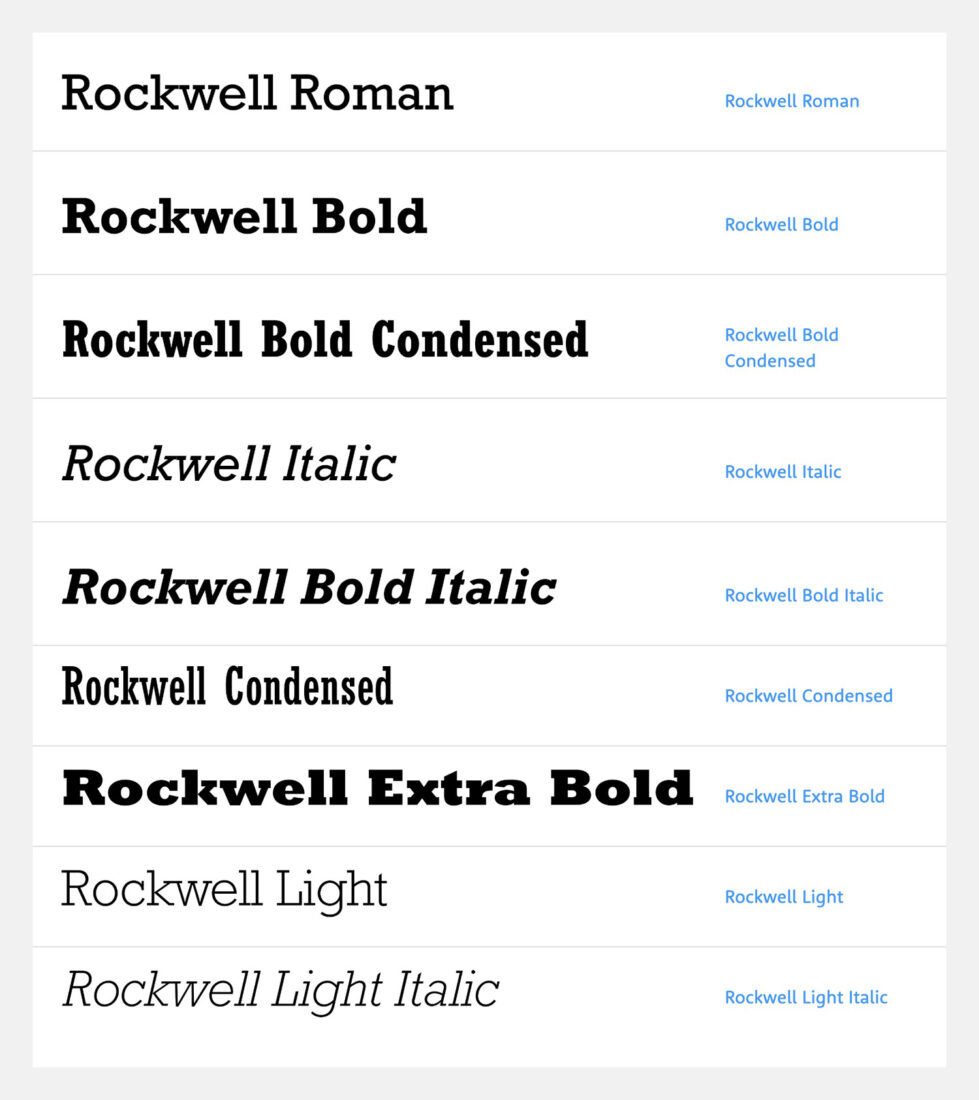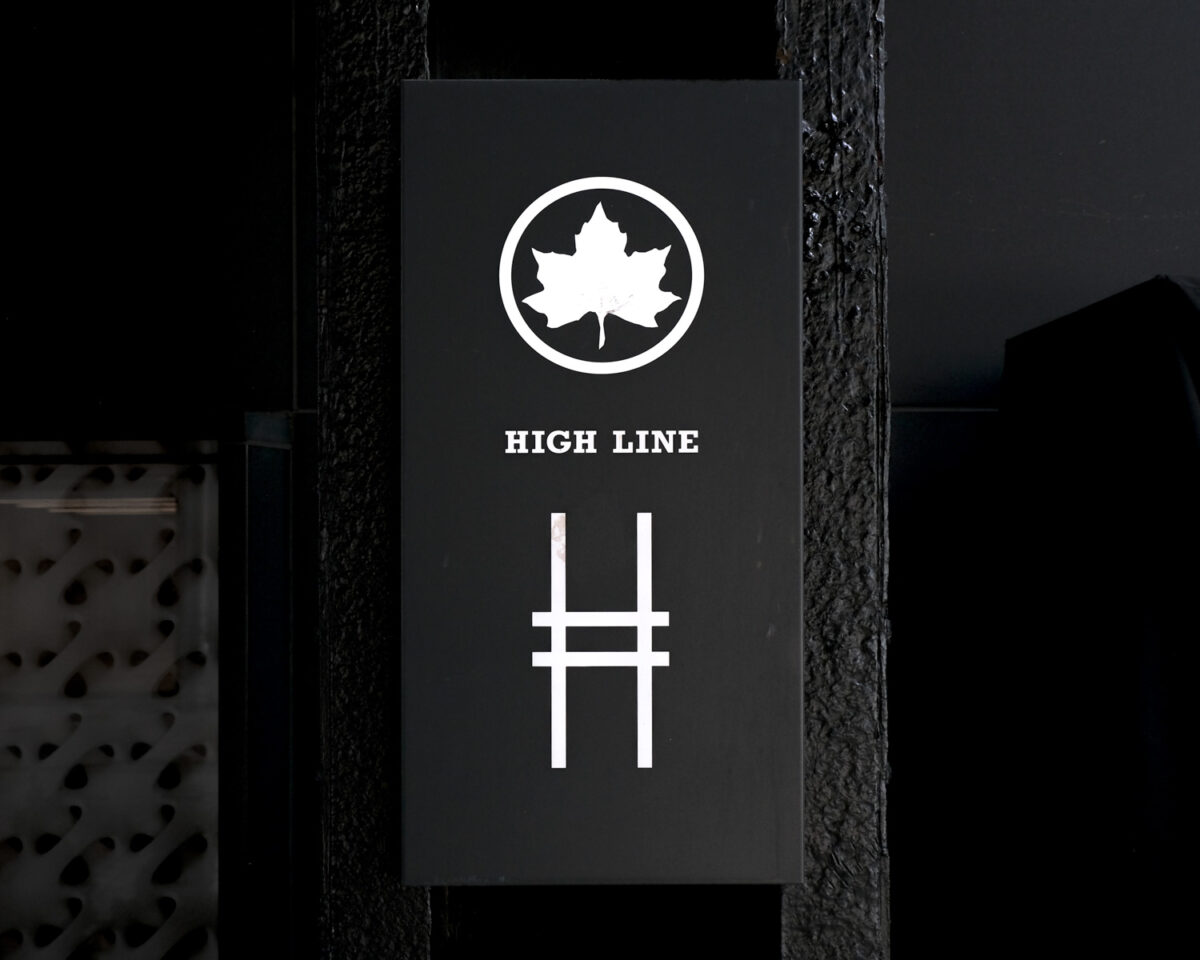High Line
According to public signage, The High Line was built by the New York Central Railroad between 1929 and 1934 to lift dangerous freight trains from Manhattan’s streets. The High Line’s trains carried meat, produce, and dairy products into warehouses and factories at the third-floor level. It was know as the “Life Line of New York.” But as trucking began to replace rail as the primary means of moving freight in New York City, train traffic declined on the High Line, and the southernmost section was torn down. By 1980, the trains had stopped running, and what remained of the High Line, from Gansevoort Street to 34th Street, was slowly taken over by a self-sown landscape.
In 1999, with the High Line threatened with demolition, neighborhood residents Joshua David and Robert Hammond formed Friends of the High Line to advocate for the preservation and reuse of the structure. In 2002, through the leadership of Mayor Michael Bloomberg and the New York City Council, the city committed to transform the High Line into a one-of-a-kind park that we see today.
Rockwell typeface

According to Wikipedia, Rockwell is a slab serif typeface designed by the Monotype Corporation and released in 1934. The project was supervised by Monotype’s engineering manager Frank Hinman Pierpont. Because of its monoweighted stroke, Rockwell is used primarily for display or at small sizes rather than as a body text.
Rockwell is influenced by a style of geometric slab serif that had become popular around the time, including the earlier Memphis and Beton, and less similarly Stymie and City.
Similar typefaces
- Geometric Slab-Serif 712 by Bitstream
- Stymie by Linotype
- Stafford Serial by SoftMaker
More Reading
- The High Line: Brand Identity & Signage by Pentagram
